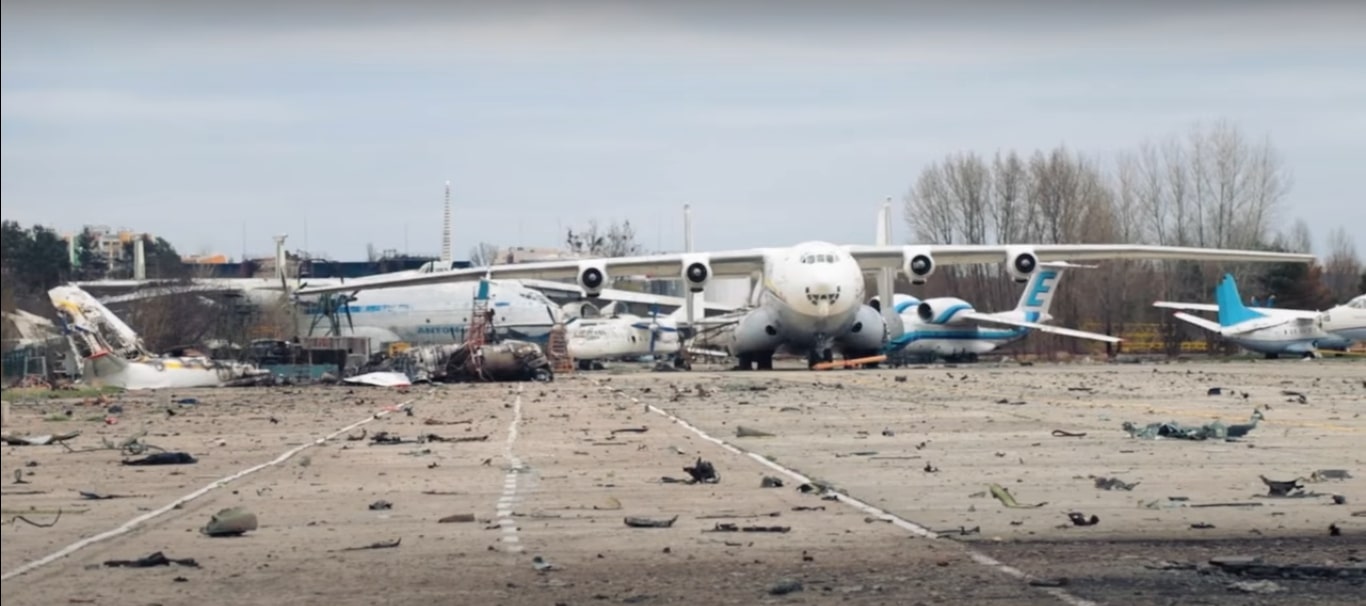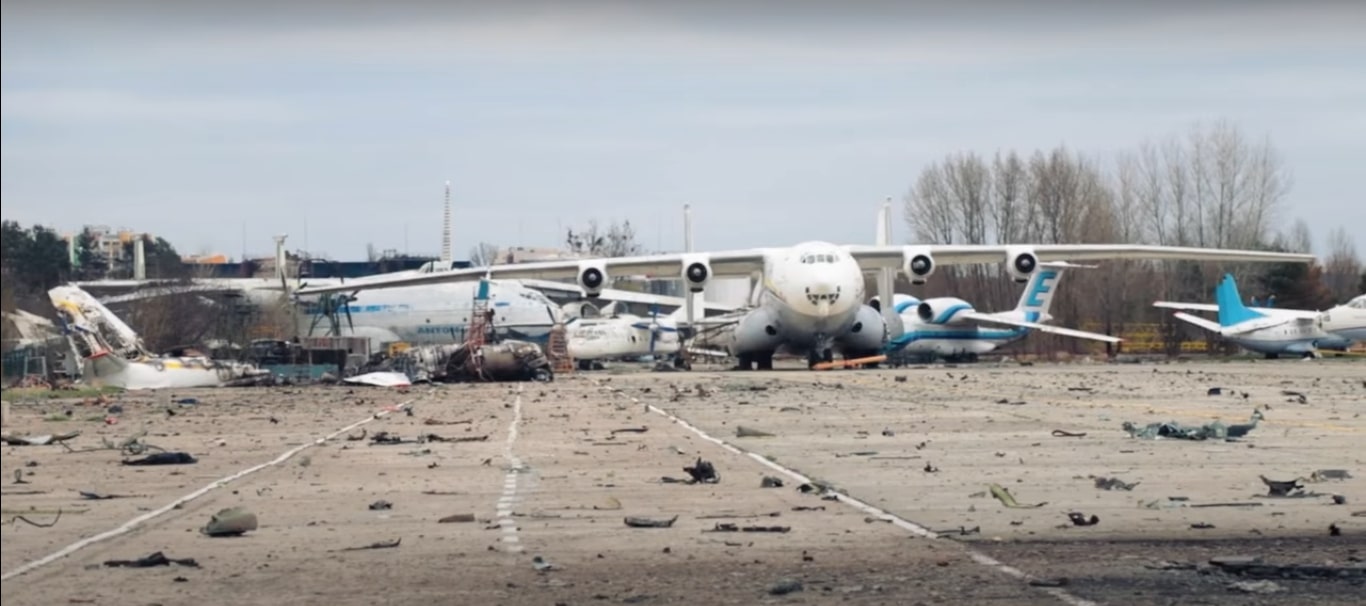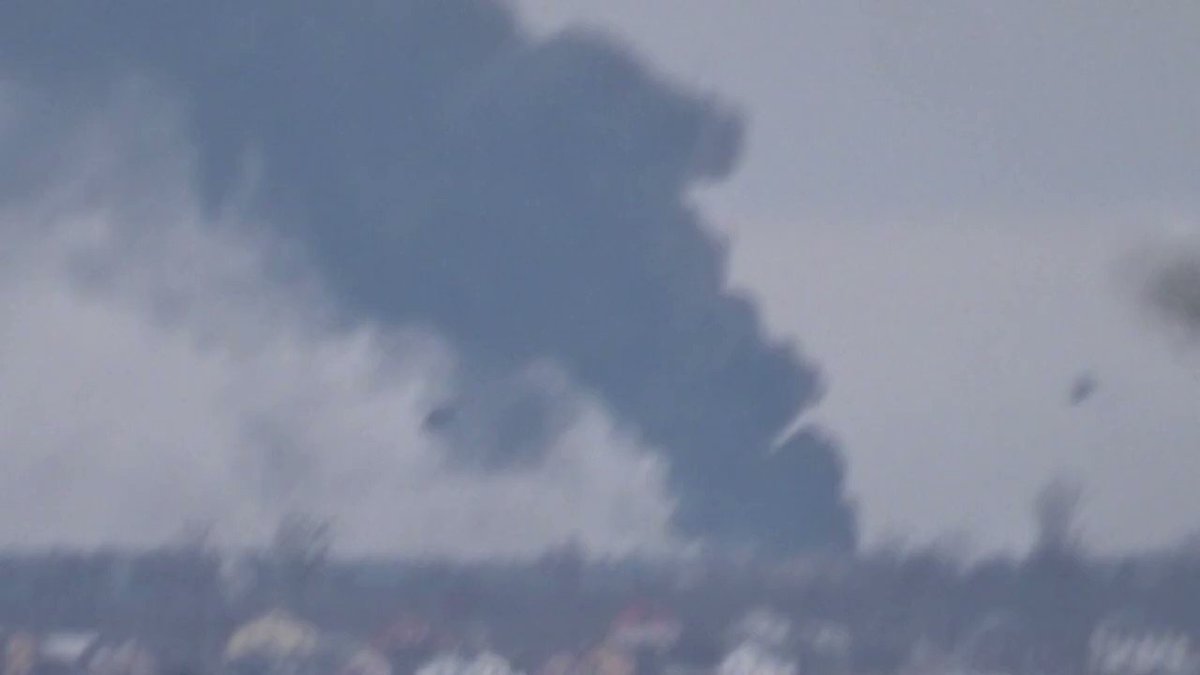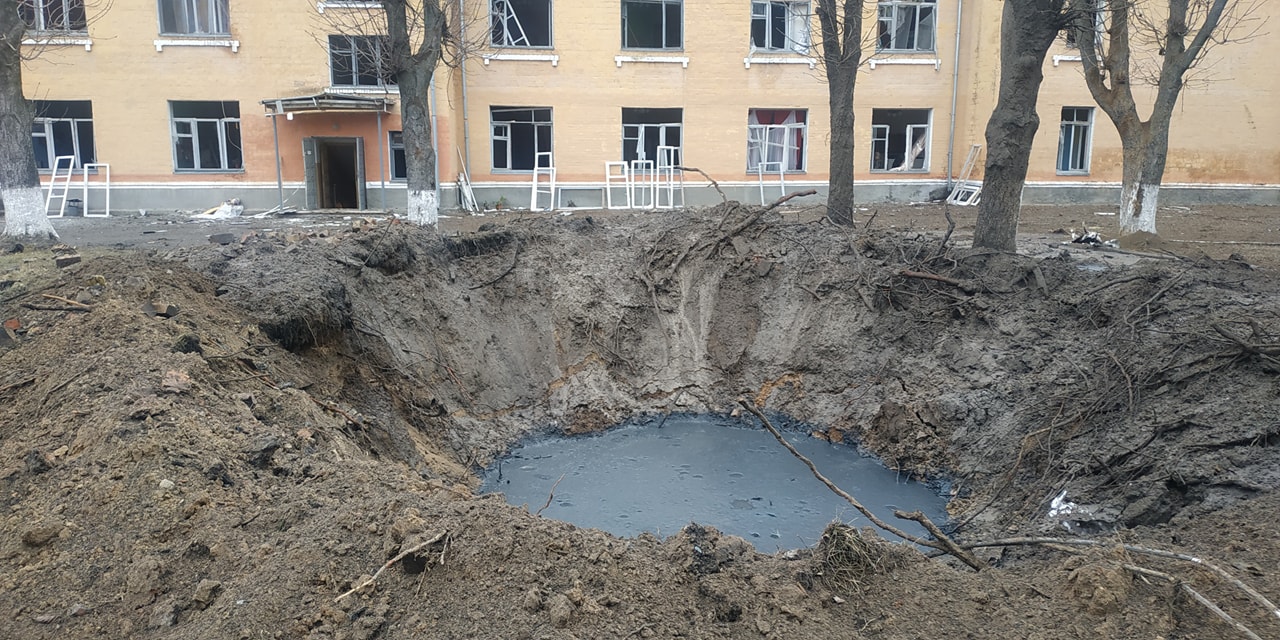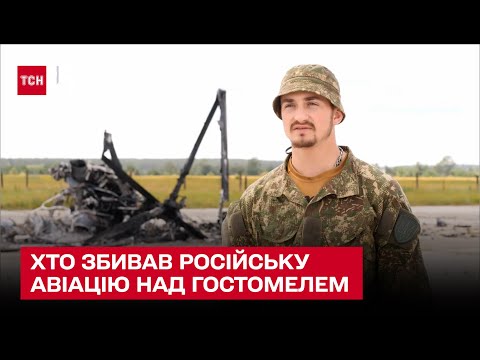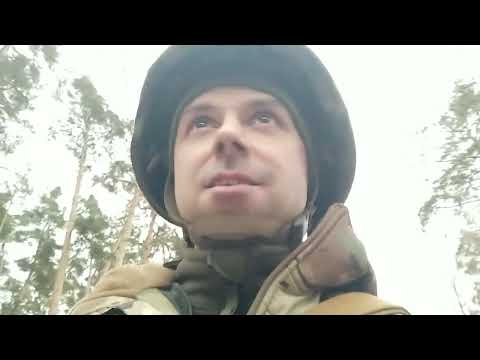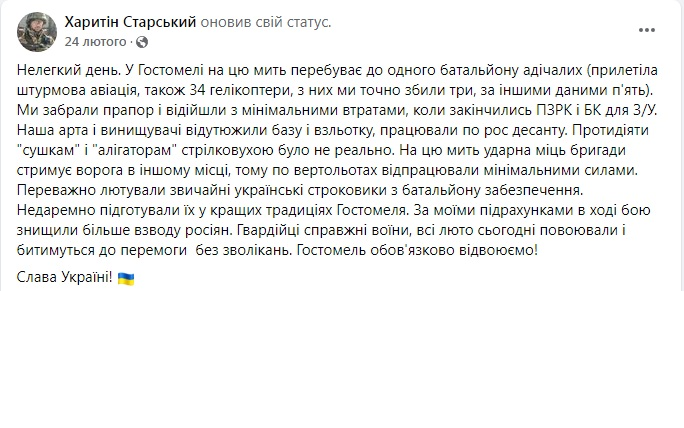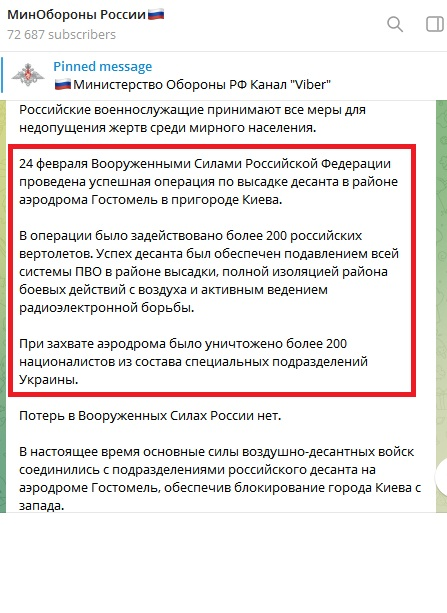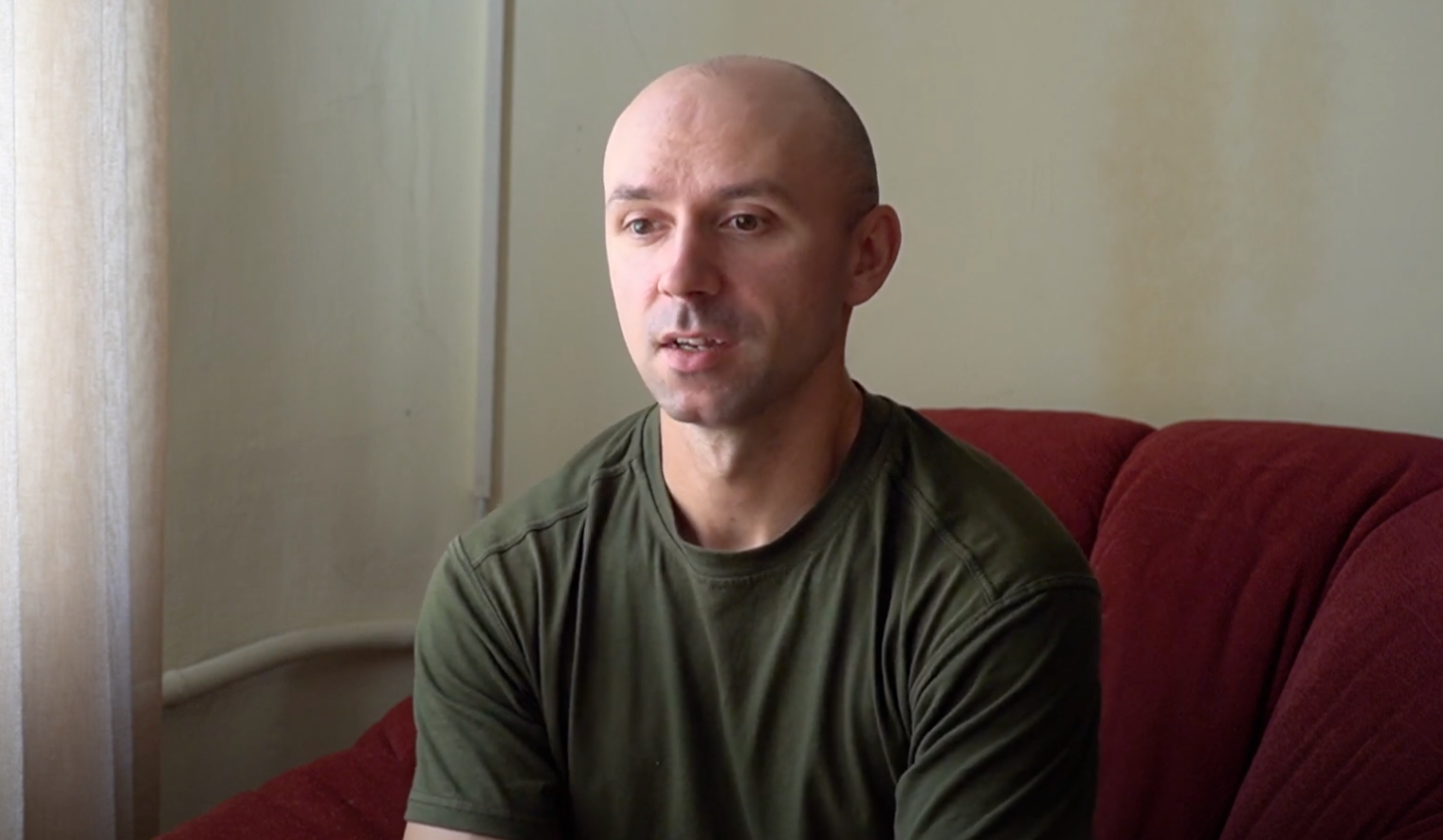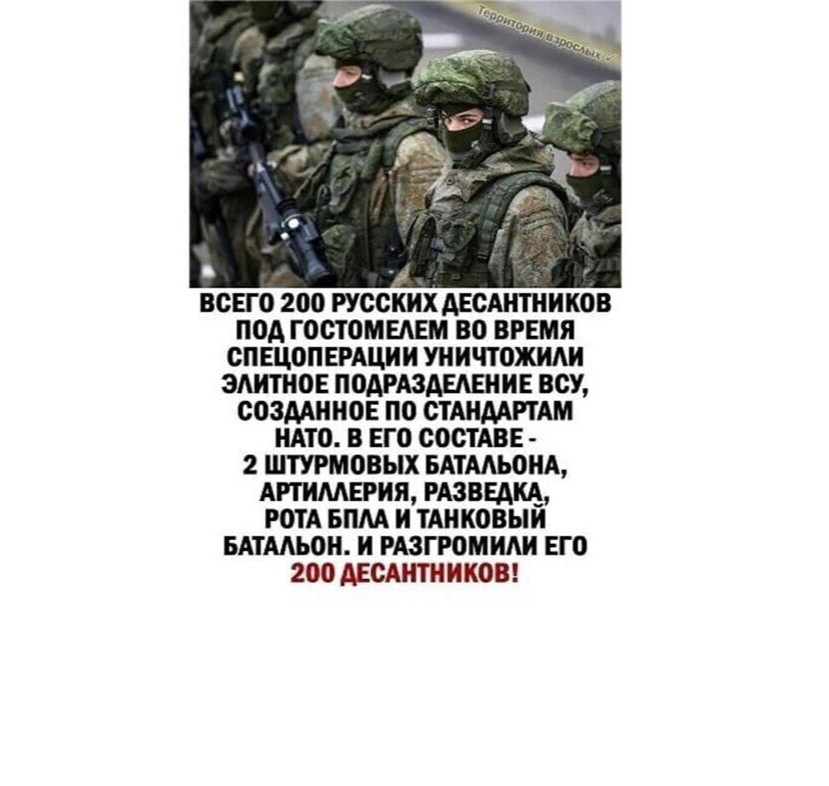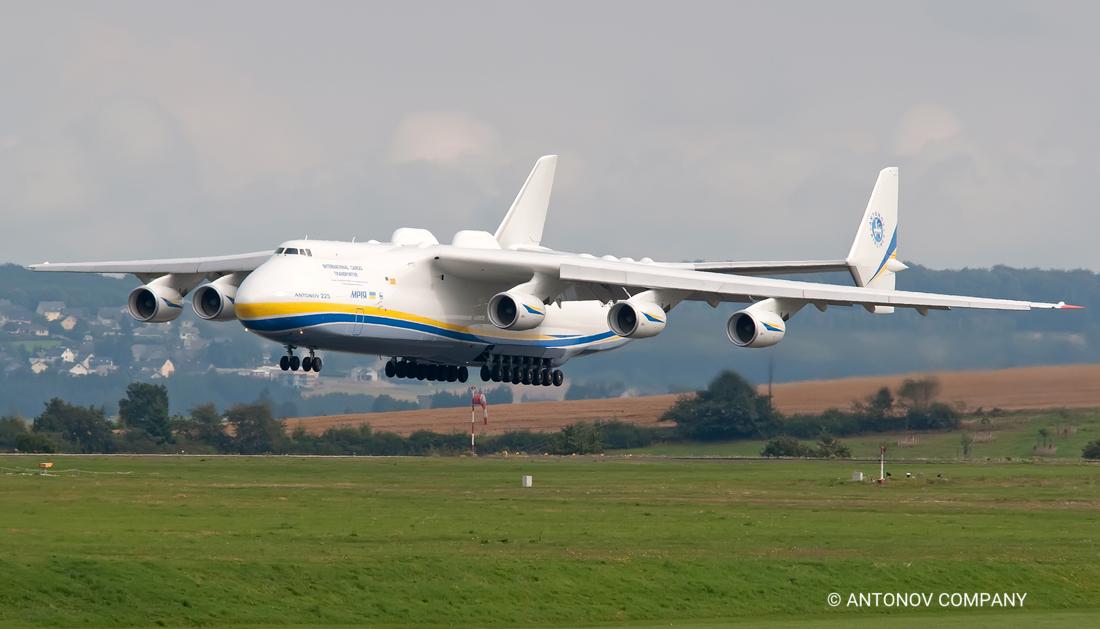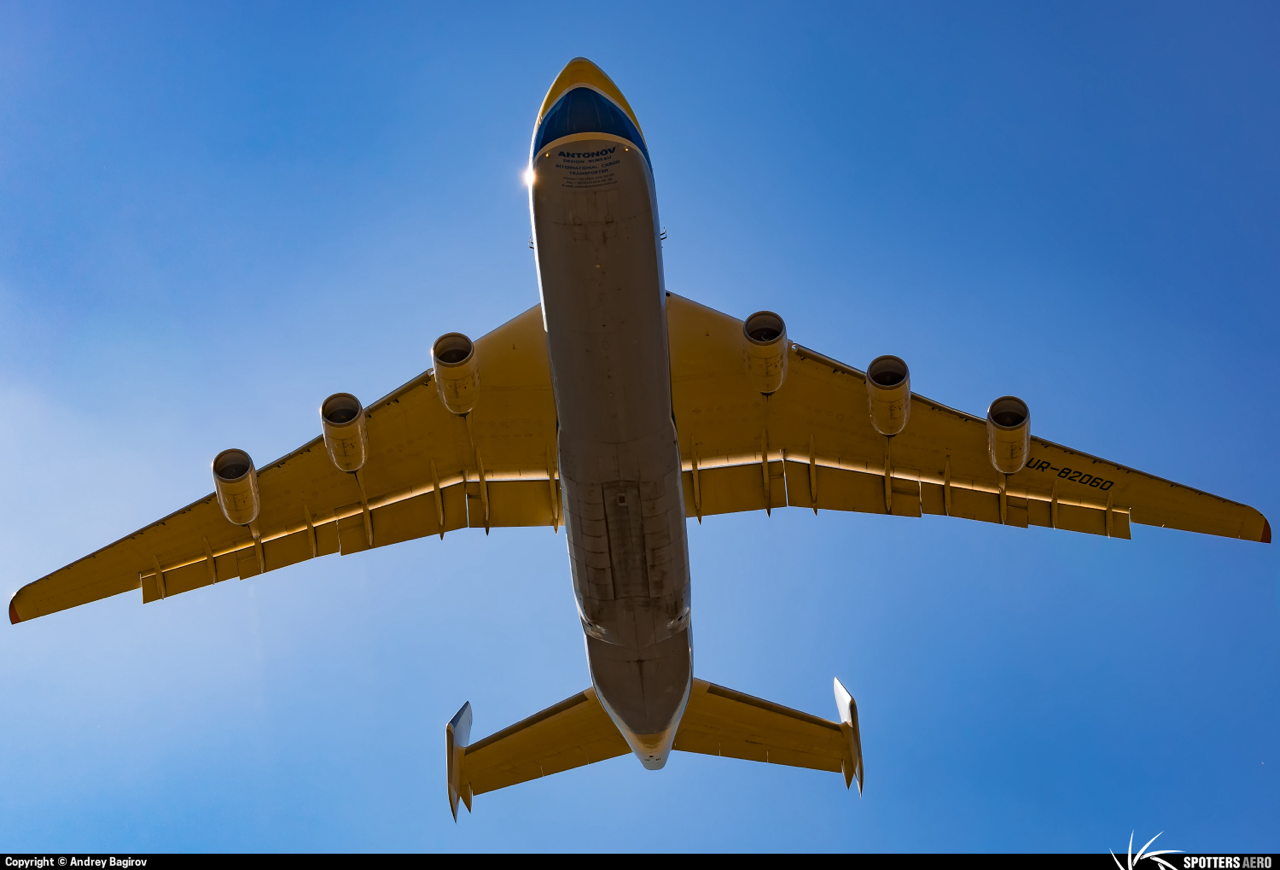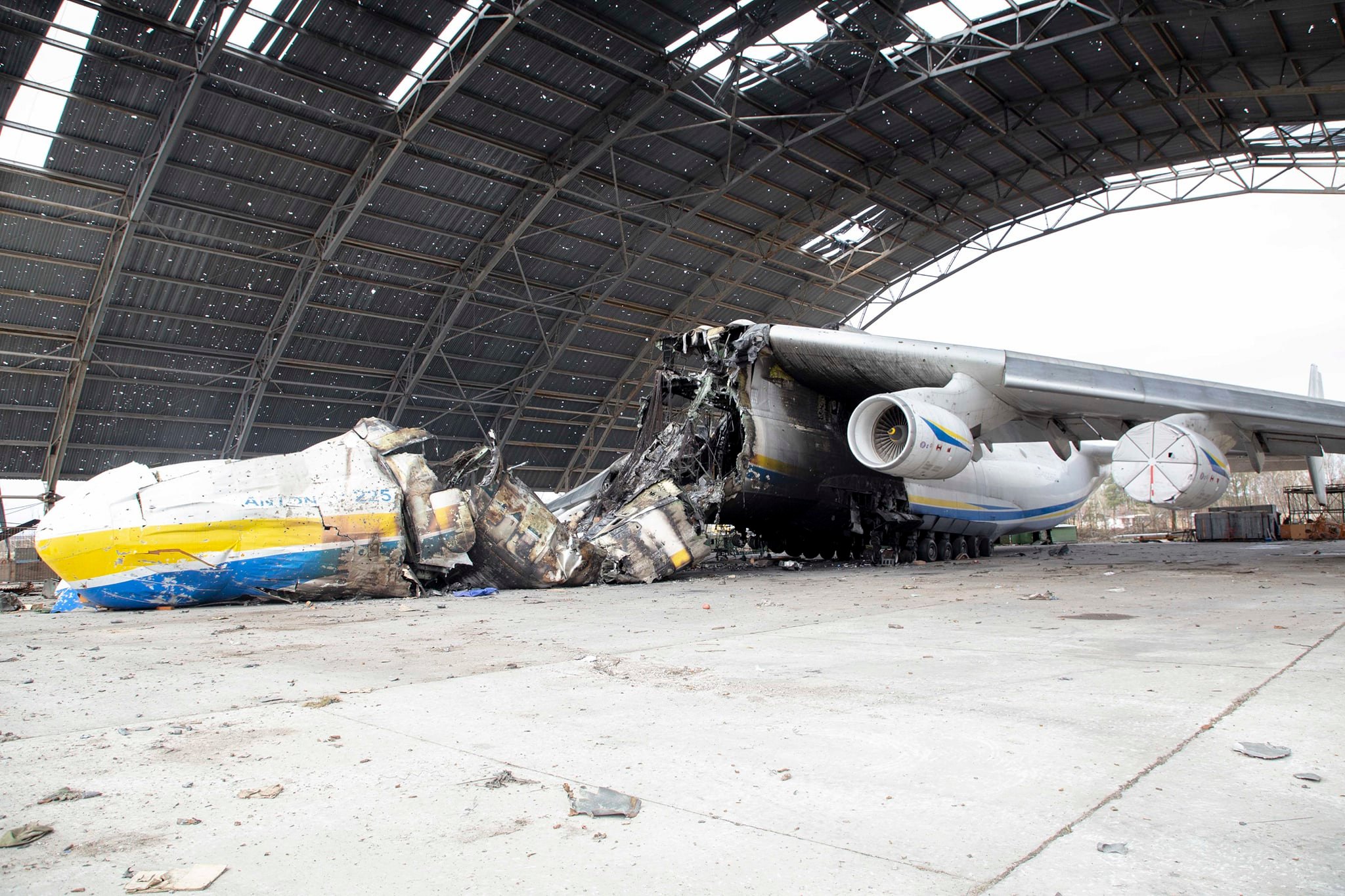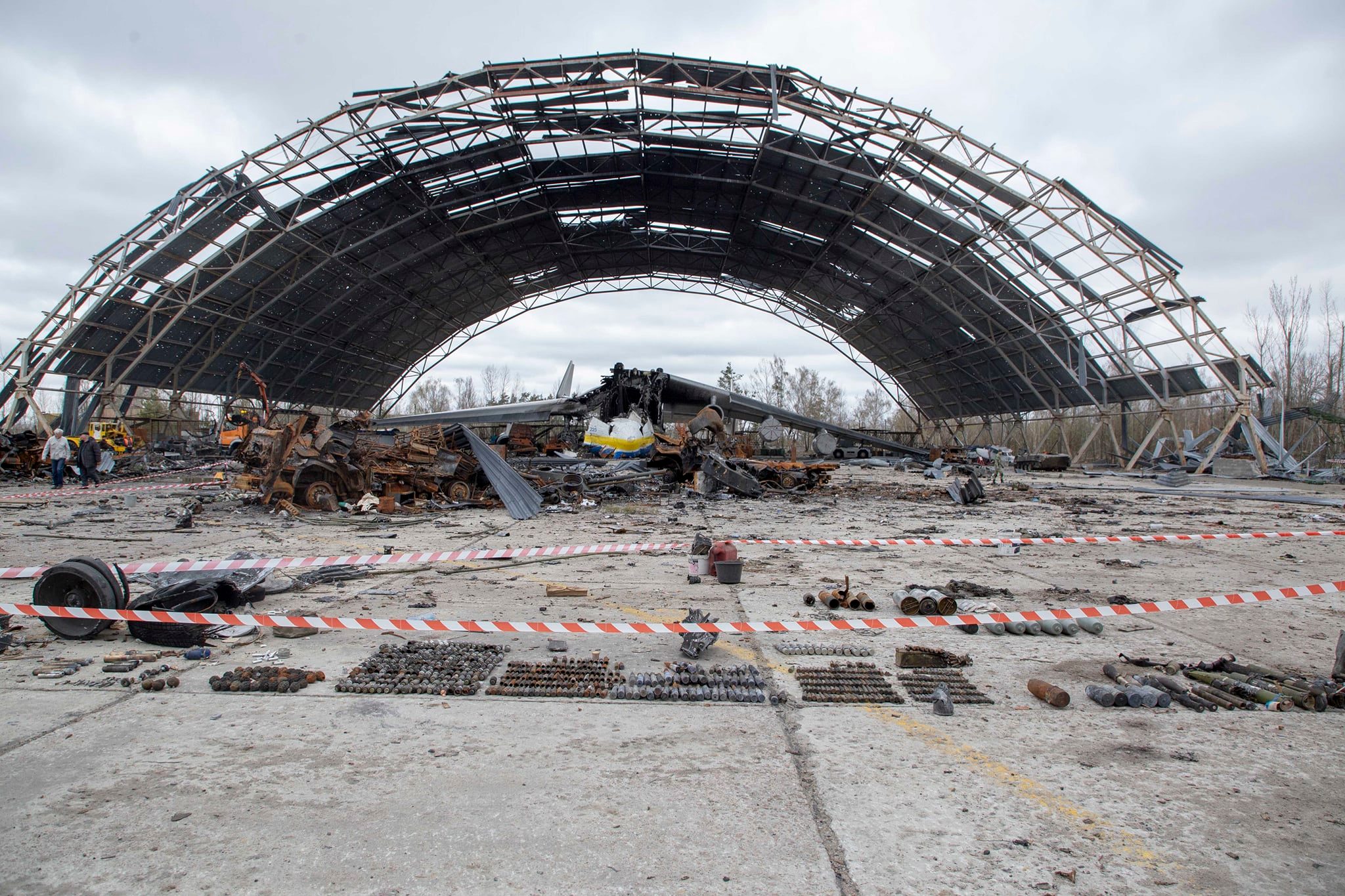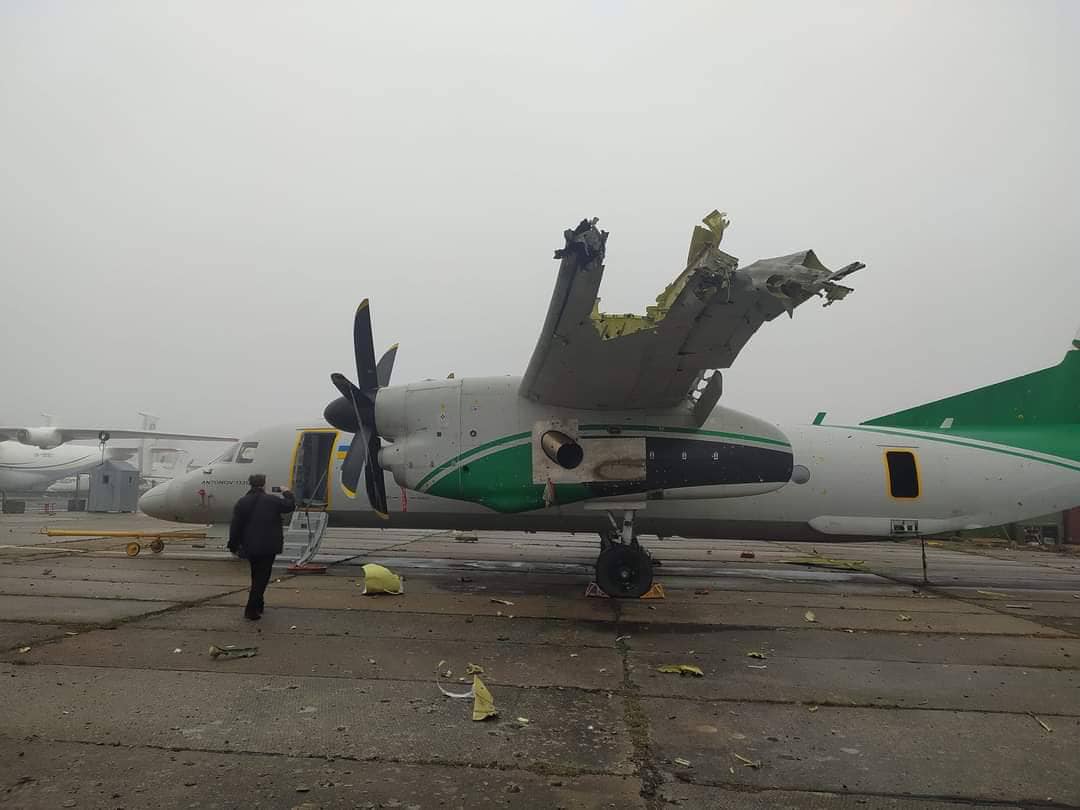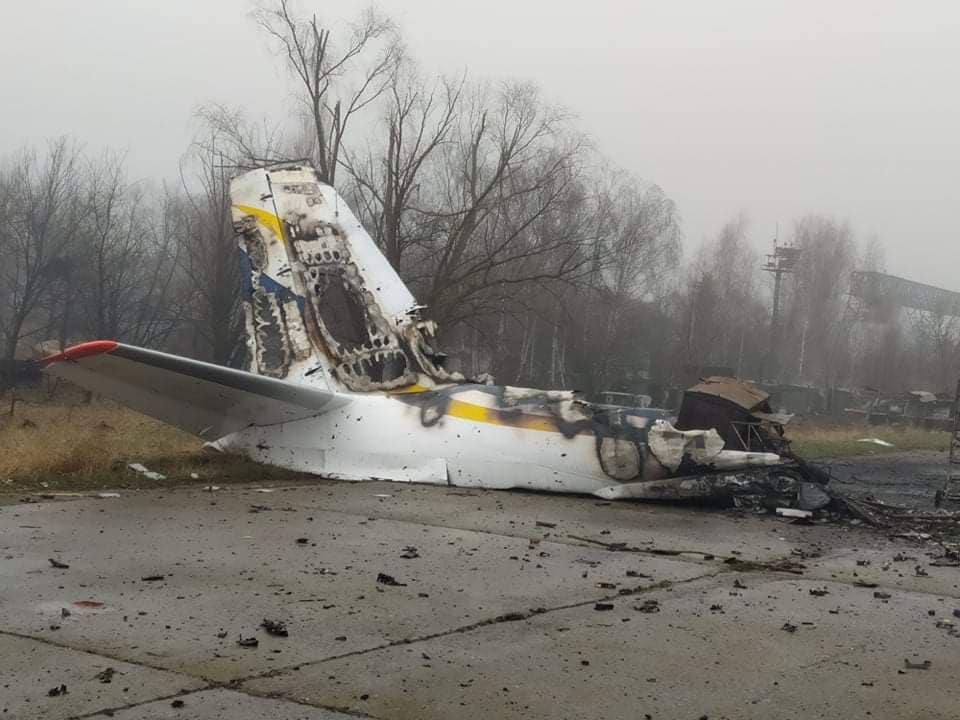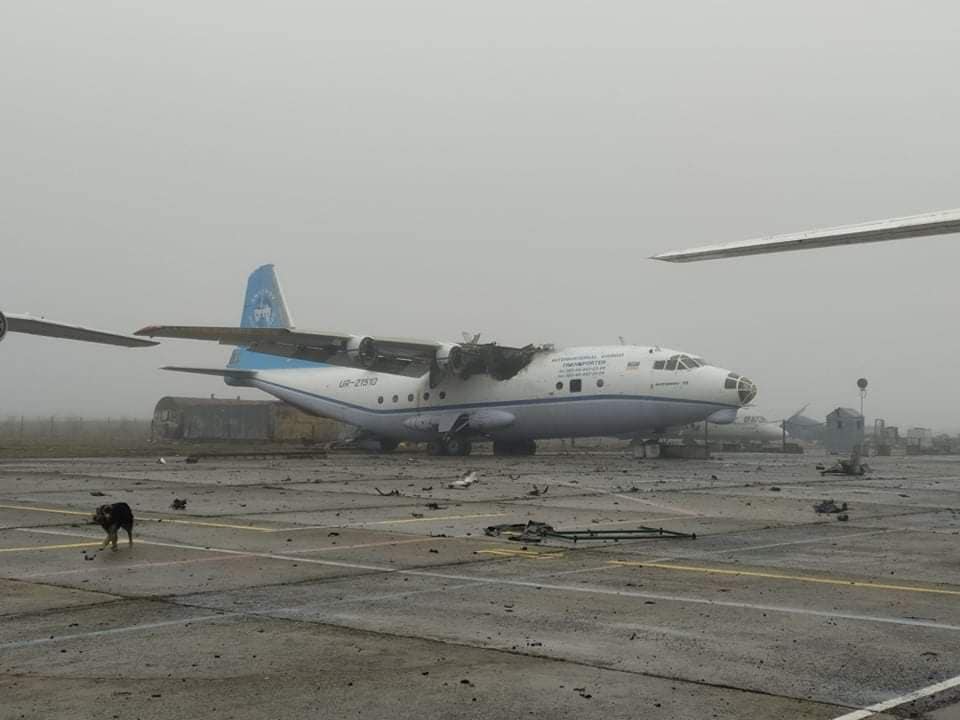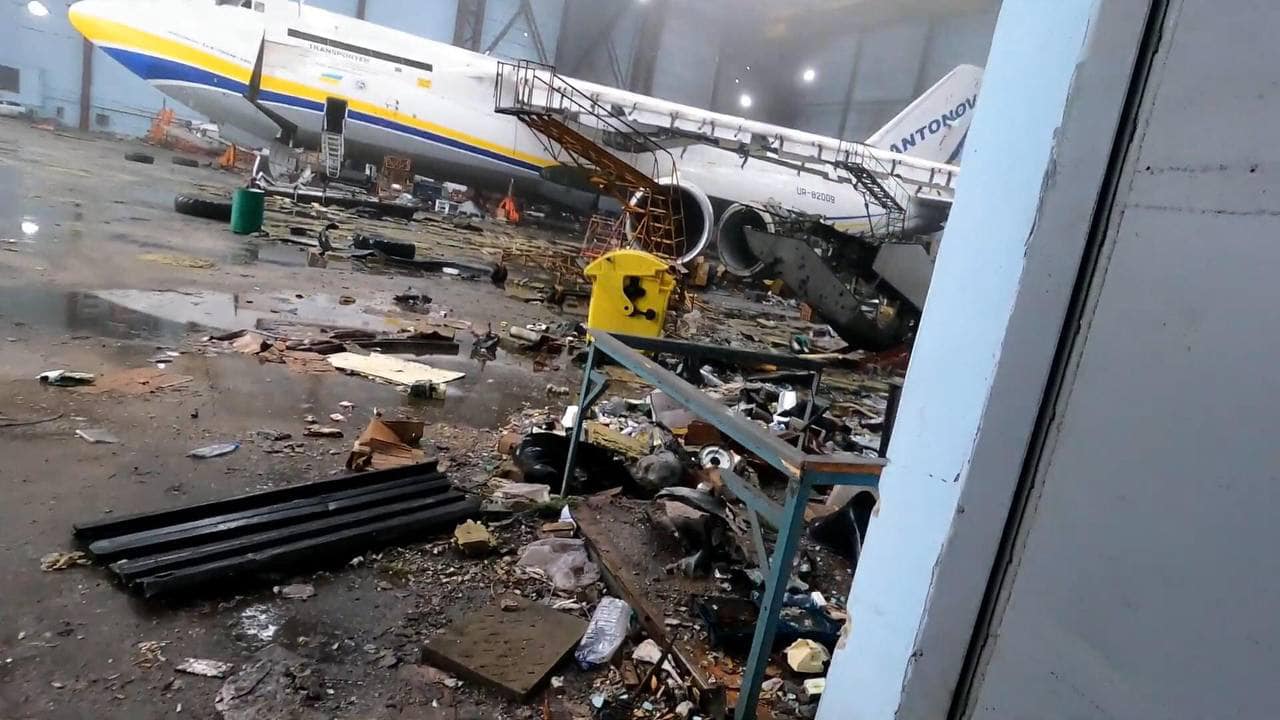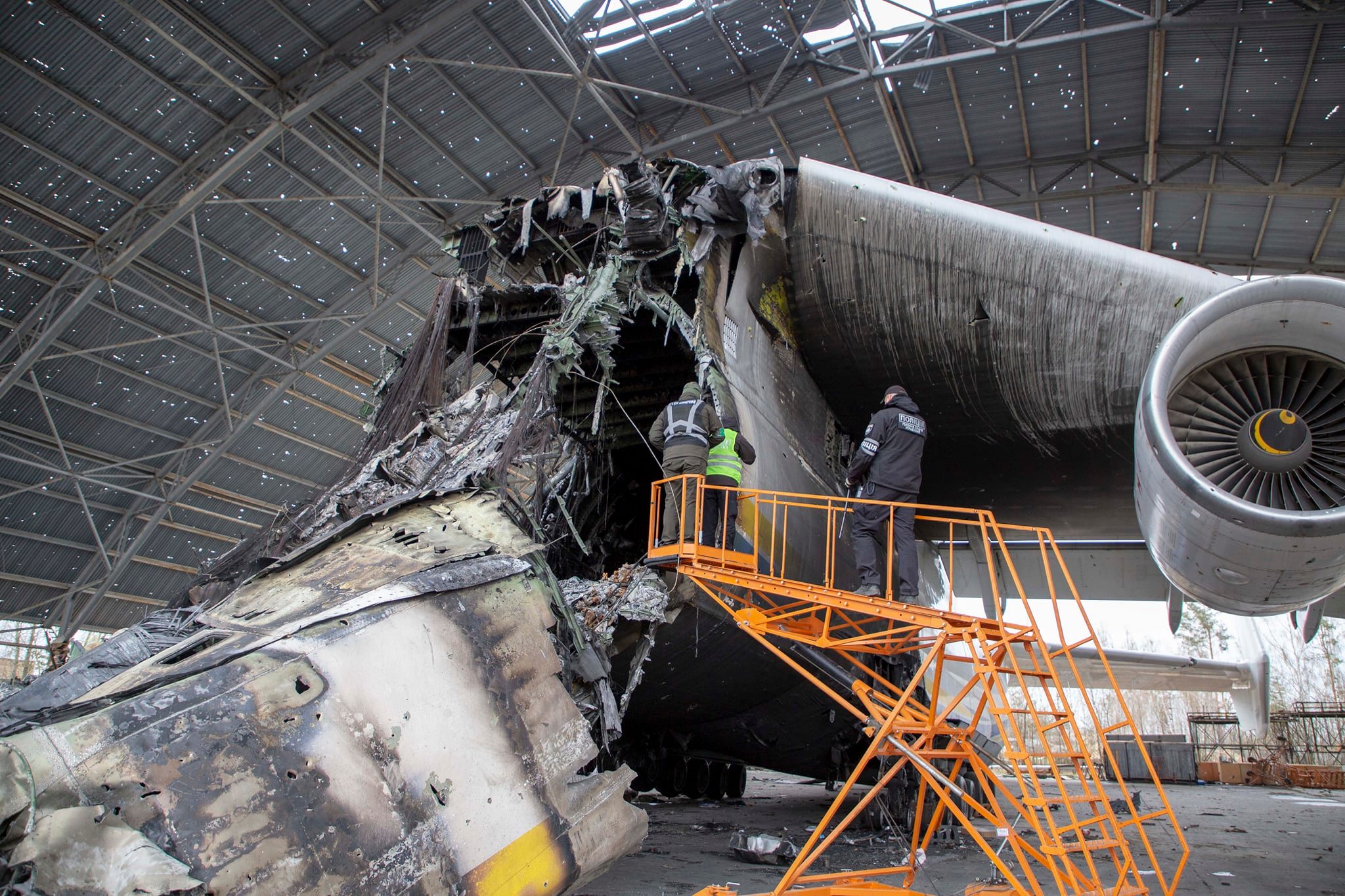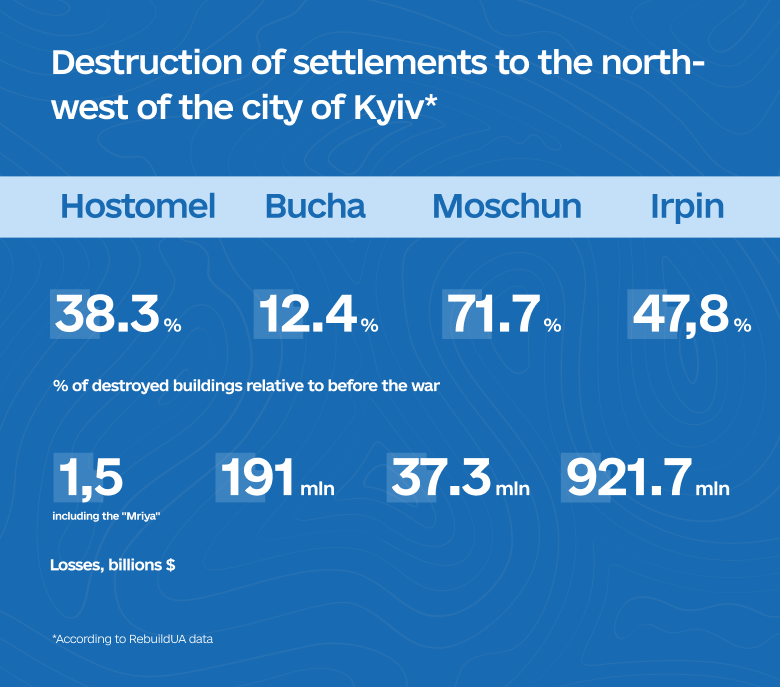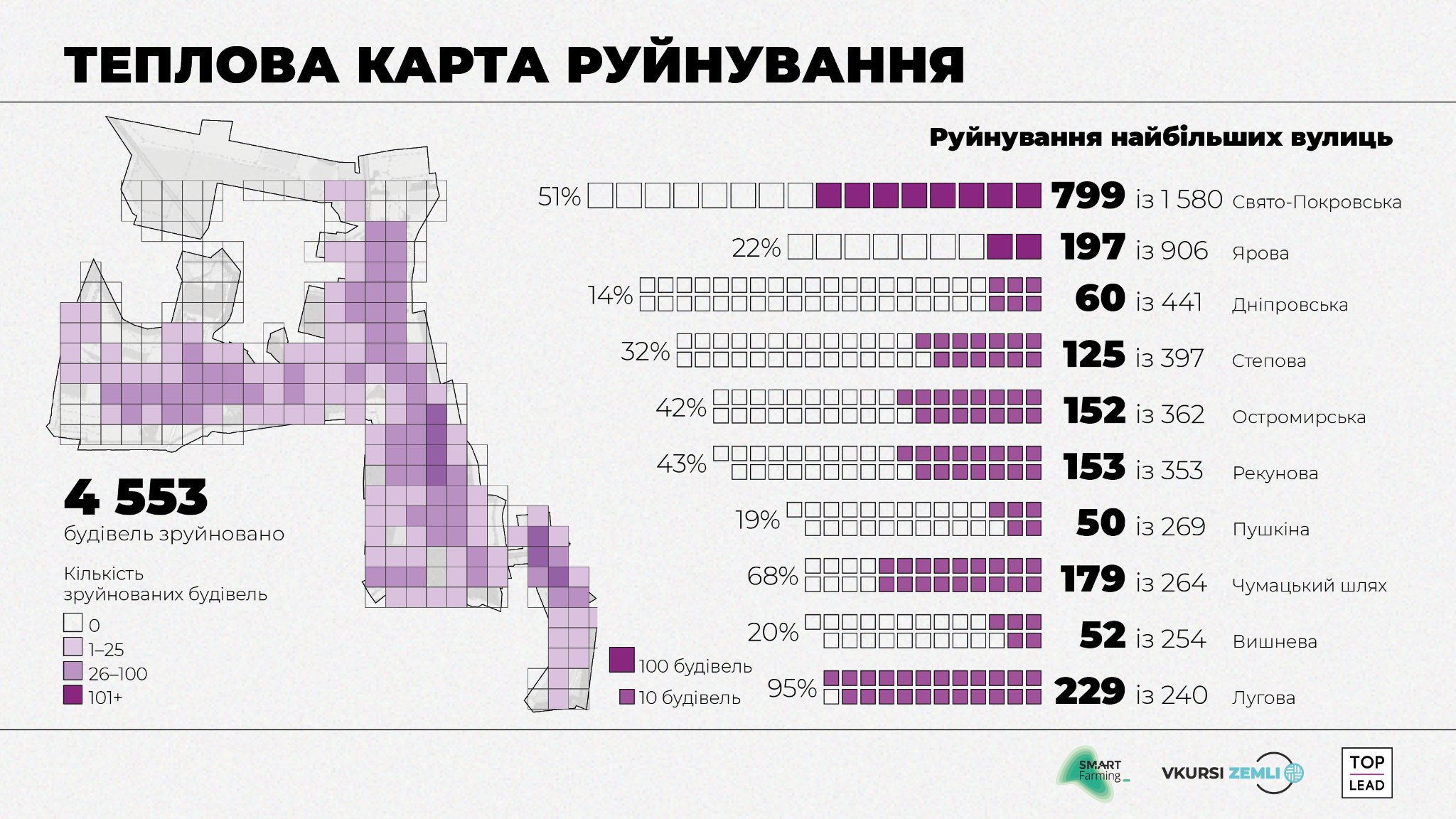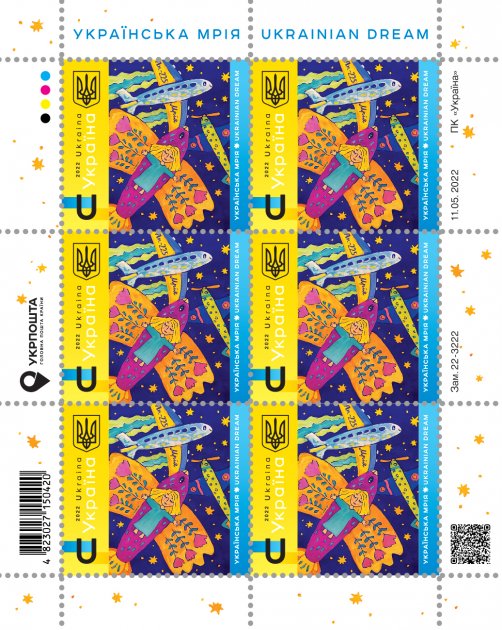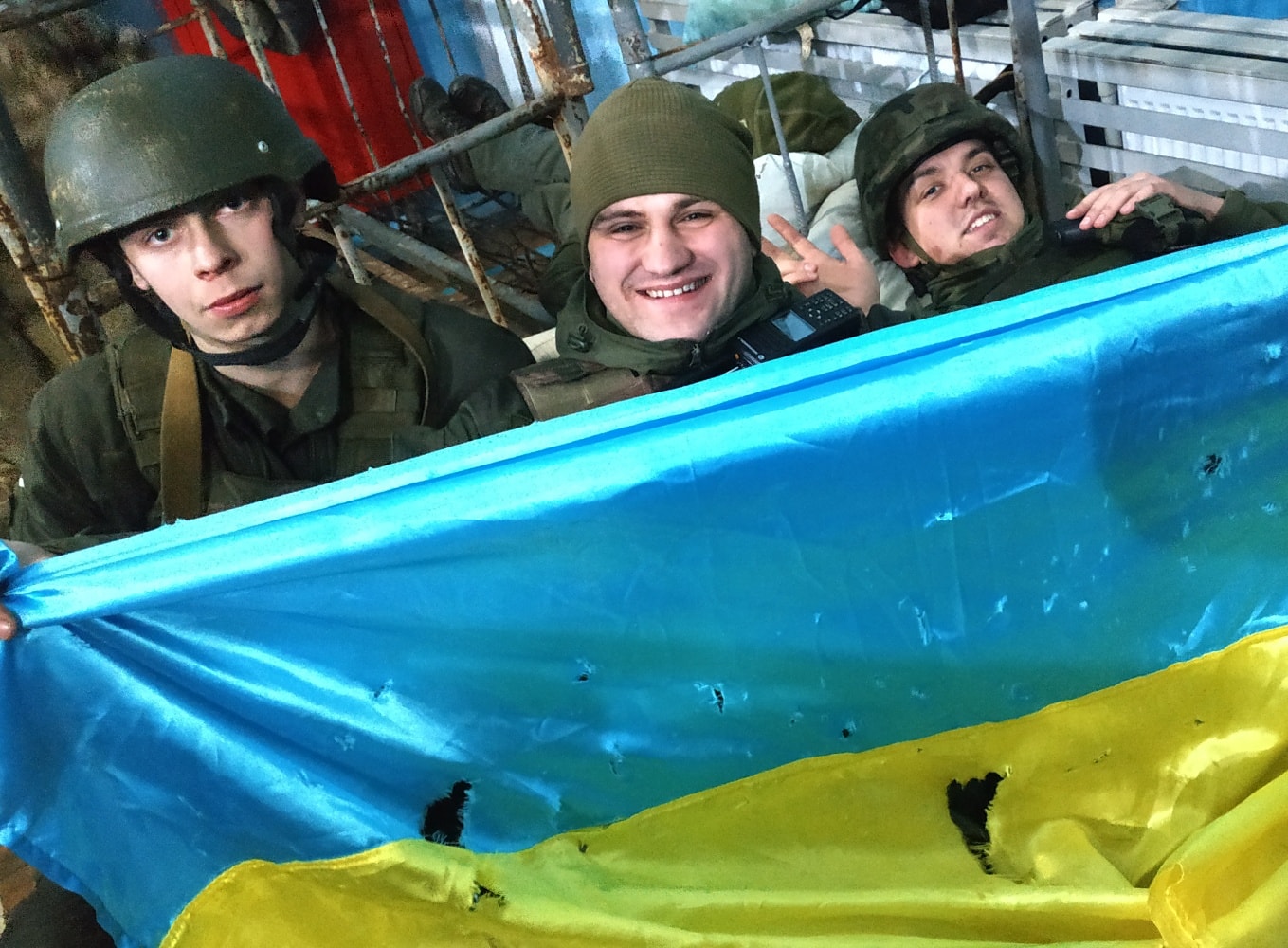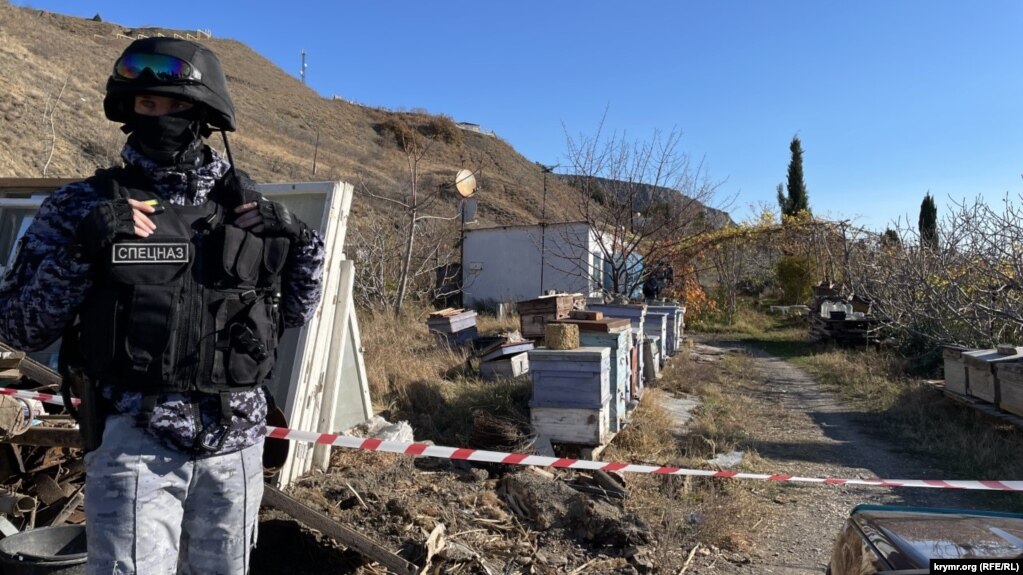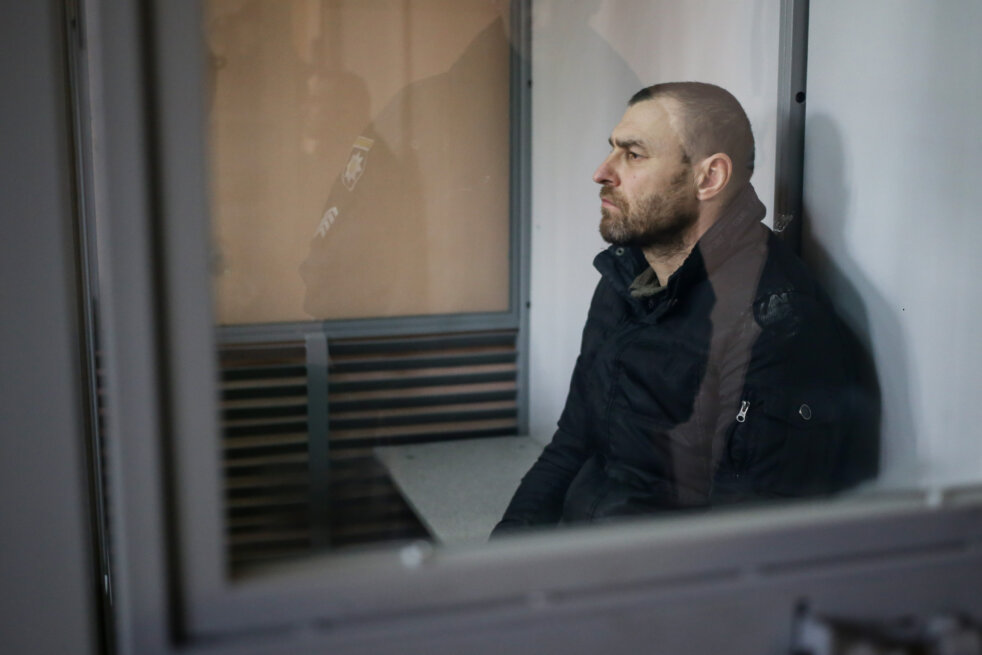It turned out that young, sufficiently trained, motivated soldiers could easily hold their own against the professionals considered to be the elite of the Russian army. With only small arms, MANPADS and a few Zu-23-2 anti-aircraft guns at their disposal, they permanently grounded several high-tech Russian helicopters. Of particular note is the partially armored $15-million-dollar Ka-52 "Alligator", which, according to descriptions supplied by the Russians themselves, is "the best helicopter in the world", "jam packed with smart electronics", and "capable of flying with its tail to the front". One such “Alligator” was shot down by concentrated fire from small arms and large-caliber machine guns, and another was brought down by Junior Lieutenant Serhii Falatiuk, commander of the Ukrainian National Guard’s anti-aircraft missile platoon, with one well-placed shot from a Soviet “Igla” MANPADS. Both instances of forced landings poked literal and figurative holes in the image of the "flying tank" that Russian propaganda had given to the helicopter.
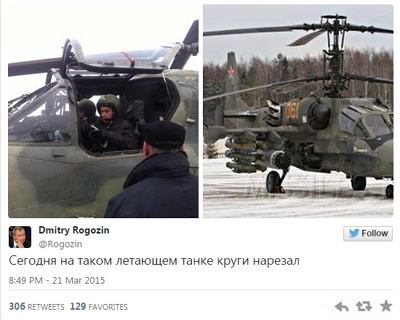
The Russian plan to seize the airport relied more on bravado than operational efficiency. Until that moment, Russia had never carried out such a massive operation, one that would involve both a helicopter attack and airborne landings. Moreover, in all of the operations that involved the paratroopers of which modern Russia is so proud, the paratroopers served as ground infantry. In its own history, the Ukrainian army has never encountered anything like this. The architects of Russia’s so-called "special operation" primarily anticipated fear and panic among the airport’s defenders that would expedite a quiet and decisive capture at the sight of such a formidable airborne armada.
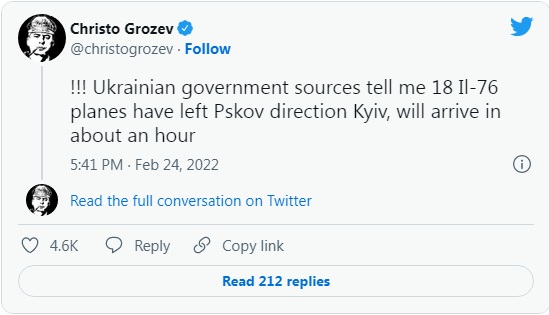
The battle ended without Ukrainian losses, but several guardsmen were captured. After their exchange, they recalled that the Russians had constantly asked them under interrogation why they had been shooting at Russian helicopters. The arrogant campaign to capture the airport did not take organized Ukrainian resistance into account. In short, Russia was counting on a warm welcome.
Other aspects of the enemy’s attack on the airport were executed more professionally. The Russians used the so-called "carousel of fire" tactic, in which helicopters attacked in groups of 4, rained down their ammunition and returned to the Irpin River, from which new groups were already on approach. The unrelenting and uneven battle lasted for several hours.
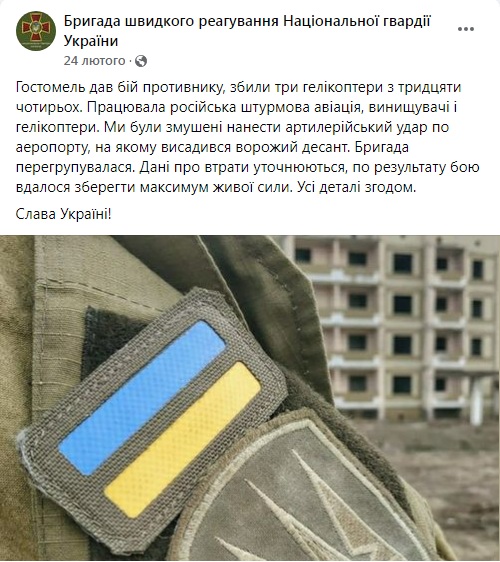
Despite the fact that the airport’s defenders repelled the assault by forcing Russian attack helicopters to withdraw and cease fire support for Russian ground forces, the Russian air armada still managed to land Russian soldiers from the 31st Guard Separate Airborne Assault Brigade (based in Ulianovsk, Russia). According to the Ukrainian participants in the events, as well as video from the helmet cameras of the Russian paratroopers, the Russians demonstrated their skills despite the loss of air support by landing on three fronts at the same time, maneuvering in unfamiliar terrain and quickly evacuating their vulnerable landing point. A battle lasting several hours at the airport itself and around the Ukrainian National Guard base ended with the capture of the airport.
At 4:45 PM, the Ukrainian National Guard brigade posted the results of a difficult day to Facebook – the airport was under the control of a battalion of Russian troops, as the defenders had taken their flag and withdrawn with minimal losses when the MANPADS and anti-aircraft shells had run out.
Artillery strikes by the Ukrainian Armed Forces and Ukrainian National Guard, Su-24M bombers, Su-24MR reconnaissance aircraft, and Su-25 attack aircraft had caused extensive damage to the airport and its runway. Ukrainian paratroopers then inflicted a defeat on Russian forces in a two-phase operation. First, Ukrainian helicopters fired at the airport from the air, and then landing forces hunted for their Russian counterparts in the territory surrounding the airport that night.
The guardsmen released from captivity would later report that on the third day after the invasion, the occupiers ordered them to collect the bodies of at least 80 Russian paratroopers that had been killed and scattered on and around the airfield and military base. In total, about two hundred members of the Russian airborne forces were killed in that long battle.
Ukrainian paratroopers held the airport for a short time. They managed to destroy the first column of Russian equipment that had crossed into Ukrainian territory from Belarus and left the airport only after running out of ammunition, as the guardsmen had done the day before. In this way, the “pendulum” of battles had begun to swing, and it would continue for several more days. The Ukrainian army eliminated more than 50 occupiers from the 31st Brigade of Ulianovsk, as well as an unspecified number of Kadyrov’s Chechen troops from the 141st regiment of the Russian Guard, along with its commander, Magomed Tushaev. Finally, on February 27th, 2022, the Ukrainian Armed Forces launched a new artillery attack on the Antonov airfield, rendering it unusable for the Russians.
Further battles were already taking place for control over the village of Hostomel. Like many of Kyiv’s other northwestern suburbs, it had been captured by Russian invaders. The residents of entire residential complexes often became hostages of the Russian military, which complicated the work of the Ukrainian Armed Forces.
Russia used the territory of the airport as a simple base for its own equipment and personnel. However, the Russian army was unable to capture the airfield without destroying it entirely. According to experts, the enemy was landing "reckless, unprepared and unsecured airborne troops" without proper military intelligence or the establishment of a logistical system for their support.
 Hostomel village, Buchansky district, Kyiv region
Hostomel village, Buchansky district, Kyiv region
 2022-02-24
2022-02-24
